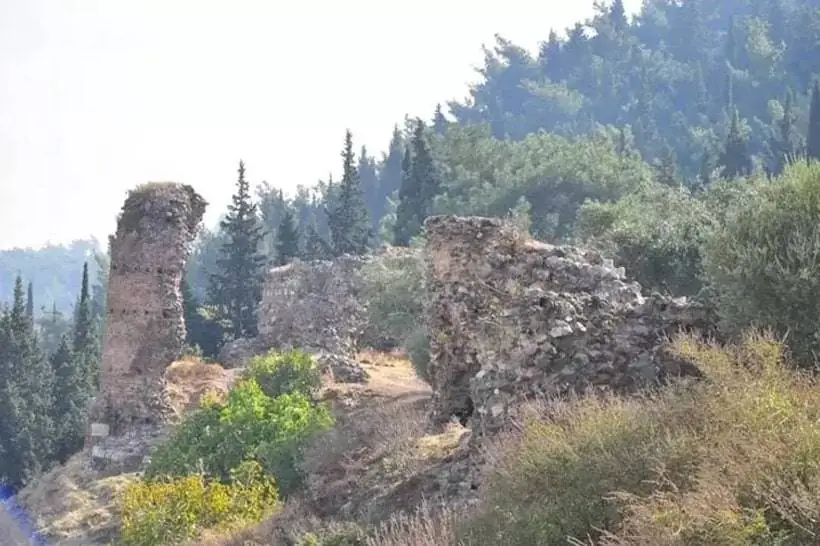In order to restore the historic castle at the top of the city, which is situated at the base of Spil Mountain and contains remnants of the Hellenistic, Byzantine, Principality, and Ottoman dynasties in MANISA, a scientific study has been initiated.

The Provincial Director of Culture and Tourism, İbrahim Sudak, stated,
“There are thirteen towers that make up the 4.5 km long city wall. Most of the city walls and all of these towers are hidden from view today. These will be finished when the project and excavation are finished.”
Manisa Castle, at the top of the city and at the base of Spil Mountain, is undergoing scientific study in preparation for restoration. The Provincial Directorate of Culture and Tourism will endeavor to restore the castle, which has been abandoned for many years and was particularly damaged by careless residents and treasure seekers. İbrahim Sudak, the provincial director of culture and tourism, provided details on the works.
♦ 3 Days Turkey Tour – Cappadocia Konya Tour
“Manisa Castle is situated at the base of Spil Mountain in the city’s most prominent location. A significant stronghold. During its time, it is also significant. Regarding the construction date, we lack information. The most definitive information, however, comes from the knowledge that it was refurbished and repaired in 1222, during the Byzantine Empire.
Researchers have discovered that the inner castle was constructed around 1222, during the reign of Byzantine Emperor Joannes III Dukas Vatatzer, while the outside fortress dates back to the Hellenistic era. The castle has been a significant location for many years. After capturing the area in 1313, Saruhan Bey kept utilizing the castle. Within the inner castle, there are settlements.”
Sudak clarified that the masjid in question is the Fatah Masjid.
“It has been revitalized and reconstructed as the Fatah Masjid today. Our current objective is to restore the remaining portions of this area, which has been damaged and rebuilt numerous times since the Ottomans used it as a military outpost in 1553. This activity increased when the soldiers were moved to Izmir at the end of the 1600s, and during Evliya Çelebi’s reign, banditry operations were even conducted inside the castle.”

